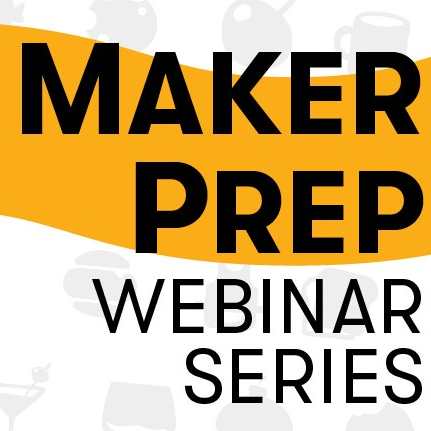There are several types of financing available to specialty food companies at every stage of their business, according to Keith Kohler, founder of finance consultancy The K2 Group LLC. Kohler, along with host Bob Burke of Natural Products Consulting, spoke during the third installment of SFA’s Maker Prep webinar series on Financing Your Business. Kohler shared the funding options available to companies at each stage of growth and how to best manage them for optimal success.
The Start-Up and Early Stage
In the first stage of starting your business, funding is likely to come from you, your friends and family, community development organizations, or micro-lenders.
When considering your own investment, Kohler recommends keeping the following things in mind:
• Don’t use all of your savings. It’s important to have liquidity before and after seeking financing.
• Keep credit card balances below 30 percent of the total credit availability.
• Home equity lines of credit are a good source of financing, but can dilute your collateral coverage for bank lending.
• Personal loans with high interest rates can lead to oversized debt service commitments.
Looking to friends and family for financing help can be tricky, said Kohler.
“Ask yourself, are you wiling to risk, or possibly lose, any of these relationships?” he said.
If you do decide to pursue financing from family and friends, it’s important to consider the terms of the agreement. Set interest rates and payback schedules, avoid personal guarantees or leins, and make sure this financing round doesn’t inhibit or preclude the next.
Outside of yourself, friends, and family, there are lots of local, mission-driven organizations that exist to help small businesses with financing, shared Kohler. These typically offer up to $100,000 loans, but they sometimes can be much higher.
Early Stage/Pre-Profitability
In this stage, Kohler shared that the options for financing include direct-to-consumer or digitally native financing, PO funding, and funding for companies selling in traditional wholesale or distribution channels.
PayPal, Shopify, Amazon, and Clearco all offer direct-to-consumer financing while Circle Up, Assembled Brands, and Abrams & Company offer funding to wholesalers and those selling to distributors.
Kohler also shared that factoring is another option for financing. Factoring is when companies receive upfront payments against invoices to help with operating expenses until full payment is received. The key benefit to factoring is more predictable cash flow, but there are fees associated with it.
Breaking Even to Profitable
When a company begins to become profitable, asset-based lending becomes an option, according to Kohler, as do a variety of Small Business Administration loans.
SBA programs include Small Loan Advantage loans, Community Advantage loans, International Trade Loans, as well as loans for things like working capital, equipment, real estate, debt refinancing, acquisitions, real estate, land, improvements, construction, and equipment.
Multi-Year Profitability
Once a company is profitable for multiple years in a row, lines of credit become available to them, said Kohler. These are almost always used for working capital and cash flow needs, and can be based upon payback from primary, secondary, and tertiary sources.
However, Kohler warned, “Although credit lines are the least expensive debt instrument, they often do not work for high-growht companies because banks often cap their availability of funds.”
Ultimately, Kohler recommends seeking an optimal mix of debt and equity. Finding the right financing partners is essential, and to be successful and get the most favorable terms, deals must always be managed actively, he said.
Related: Working With Distributors: Building the Relationship; Funding Your Business: Working With Investors.

